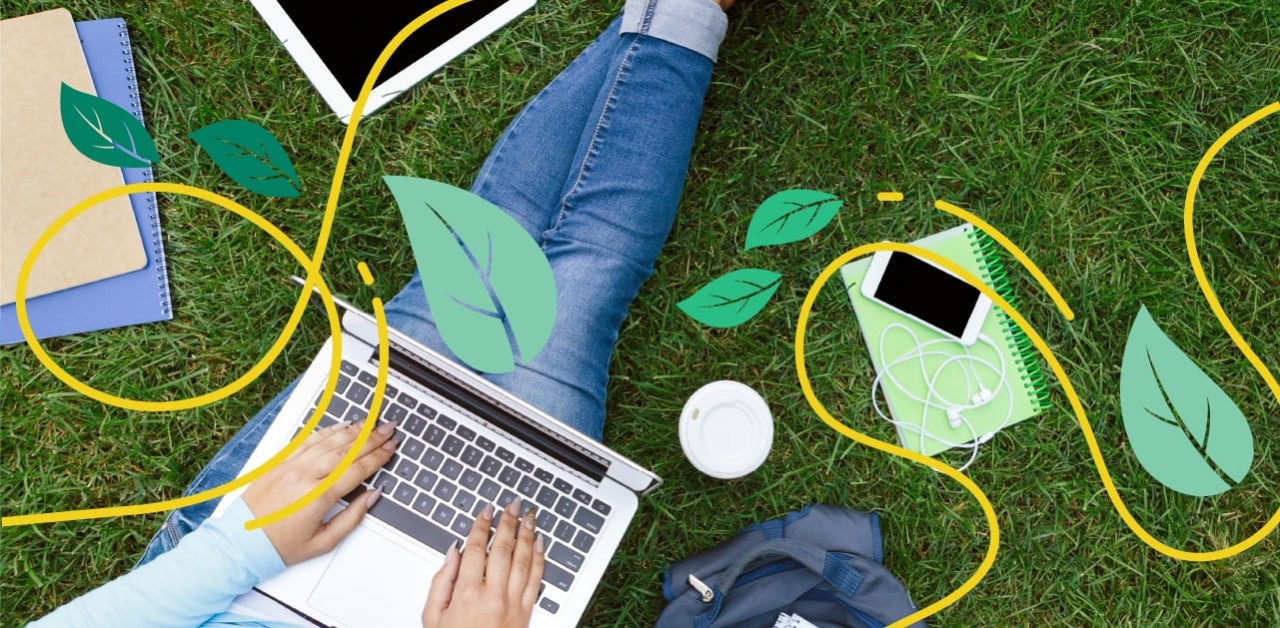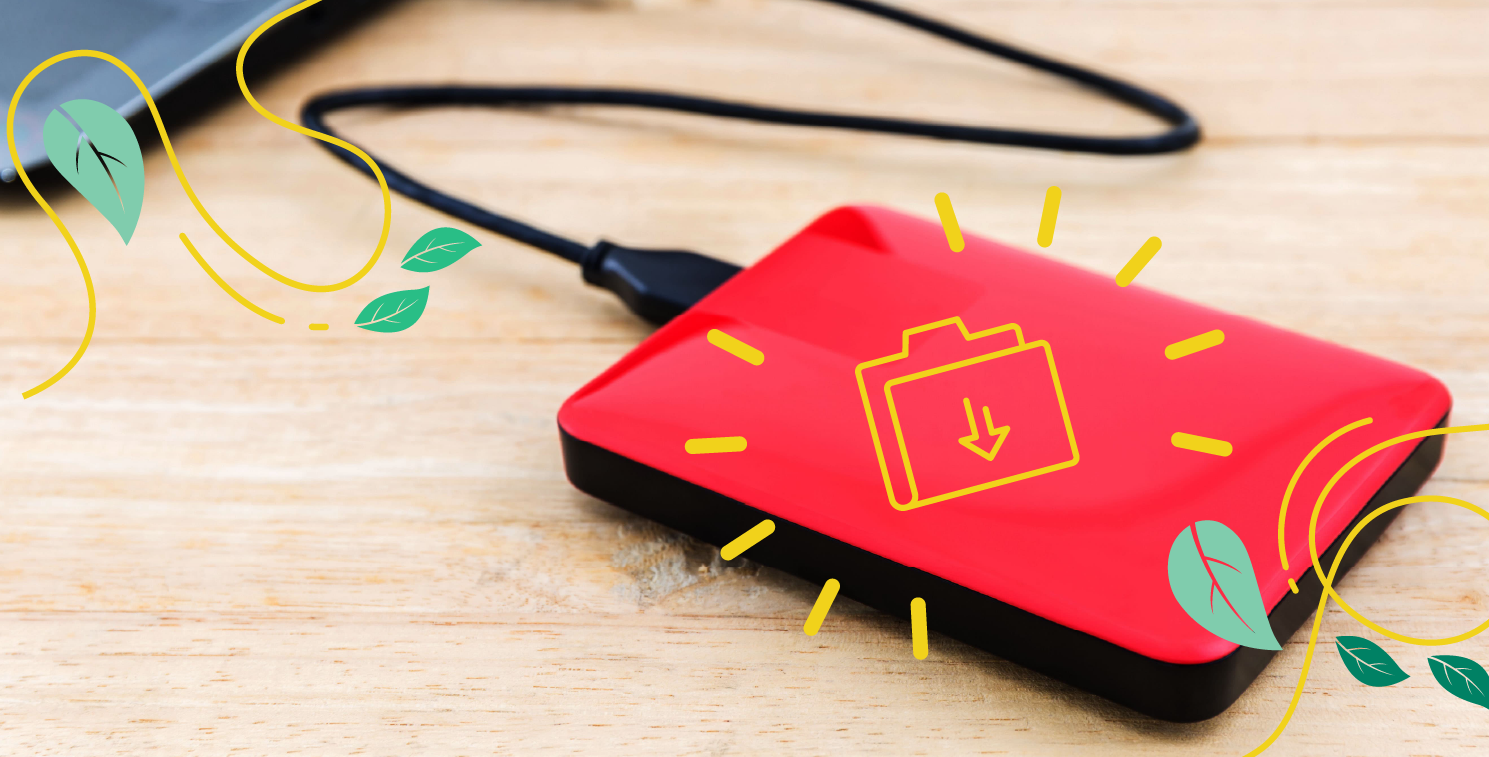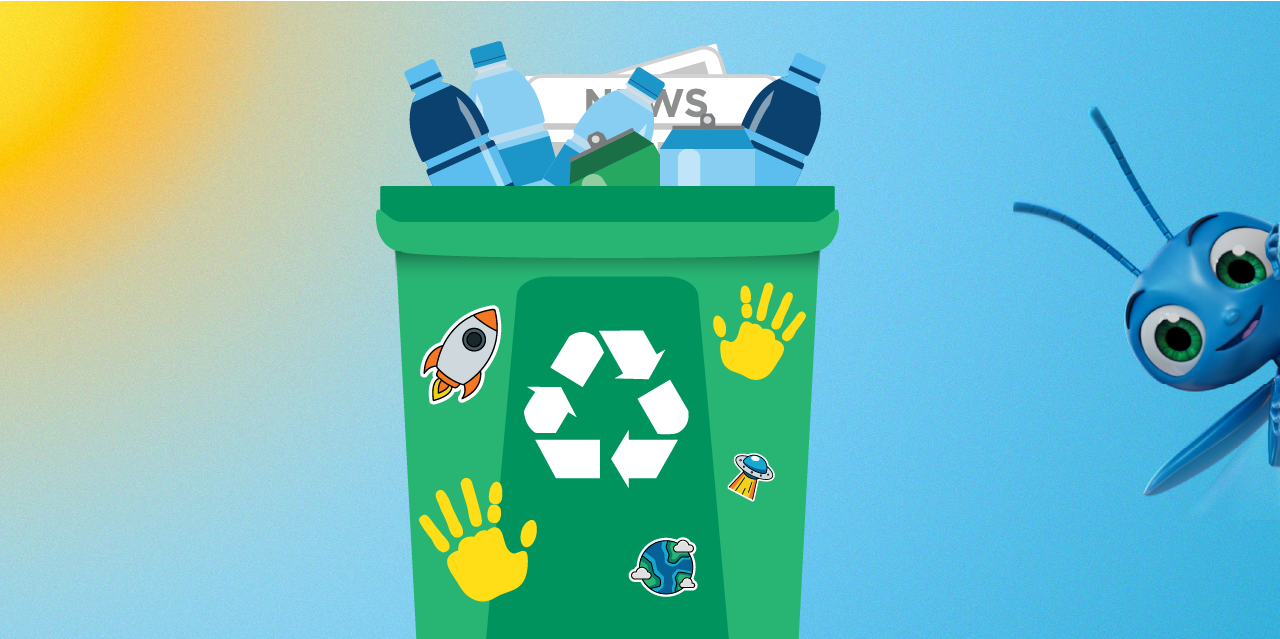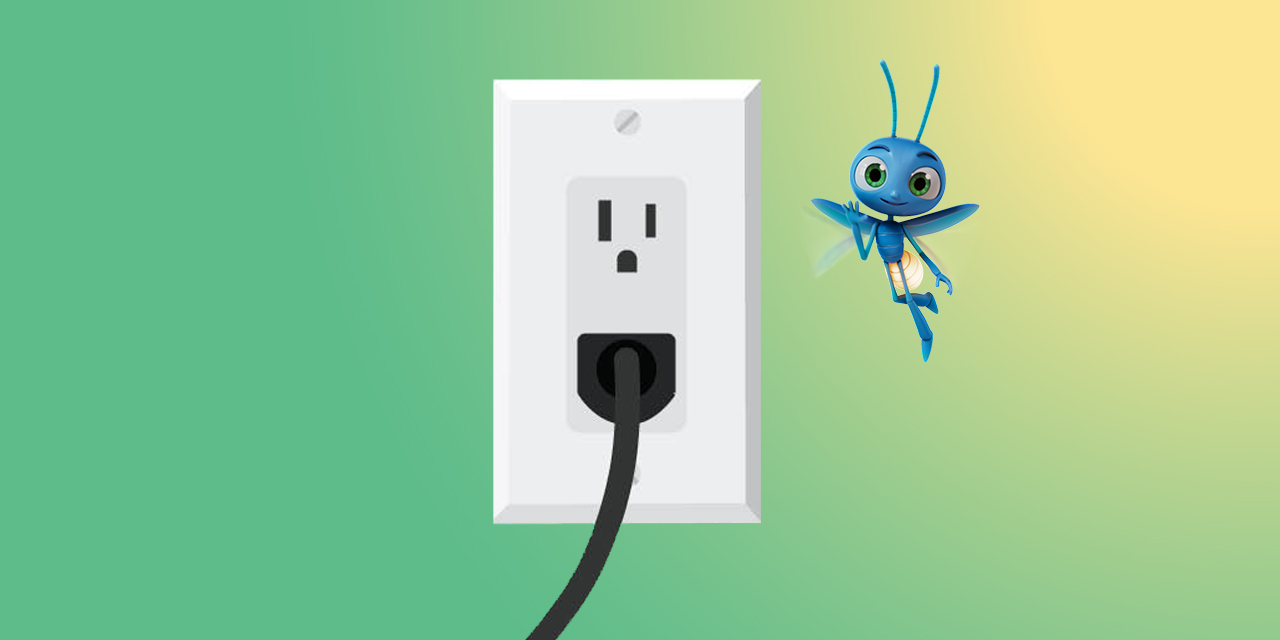Green Mountain Energy® Blog
How to Keep It Green in a Digital Universe



“Go paperless!” is a popular mantra now that we’ve moved into the digital world of smart phones, computers and the cloud. While our homes and businesses (and plenty of trees) have benefited from decreasing our reliance on paper, the 24/7 online world requires a lot of energy and resources, so it can leave a big carbon footprint. In fact, by 2040, technology alone is projected to make up 14% of total carbon emissions across the planet. That’s as much as the U.S. currently produces from all sources, including gas-powered vehicles and nonrenewable energy!
If you treat your technological world the same way you treat your physical world — with some extra care and mindfulness — you’ll be able to shrink your digital carbon footprint and help preserve natural resources.



Be mindful when using your devices.
While using electronics may be a necessary part of work and life, all that screen time can add up to a lot of energy use if you’re not careful.
- Don’t leave your laptops and devices on permanent charge. Charging your device when it’s at 100% wastes energy and can prematurely age your battery. When you’re on the go, consider using a solar charger to let the sun power your devices.
- Clear your email clutter to curb carbon emissions. According to BBC Science Focus, the amount of electricity used worldwide to send, receive and store email produces the same amount of CO2 as 7 million cars! Give those hardworking servers a rest by unsubscribing from unwanted newsletters and clearing out old email from your storage. Also, only hit “Reply All” when it’s necessary (your coworkers will thank you too).
- Turn off video during virtual meetings. A 2021 study by Purdue University indicated that audio-only calls use 96% less energy than video calls. You can also save power with eco-friendly work habits like turning off your devices or putting them into sleep mode when not in use.
- Try a “digital detox.” Rather than spend your whole day and night looking at a screen, put your devices down and try some analog entertainment, like reading or playing a board game. It’s easy to fall into the habit of scrolling and checking notifications, but avoiding it during certain times can curb your energy use and support your wellbeing.
- Choose a cloud company committed to sustainability. Your digital life likely includes storing, editing and transferring files. Many popular platforms, like Google, Microsoft and Apple, are actively working toward carbon neutrality, so do some research to find your best solution. If you have a website, make sure to choose a green web-hosting company.
- Power your devices with clean energy. The biggest impact you can make on your digital carbon footprint is with a renewable electricity plan for your home. When you plug in your phone, laptop, tablet and other devices, you won’t be using fossil fuels to charge them.



Power down all the way.
Being mindful about your screen time is a great start to shrinking your digital carbon footprint, but it’s also important to be energy-conscious when you put your devices down.
- Unplug electronics and chargers you aren’t using to avoid “vampire load.” When left plugged in but not charging your device, most chargers still drain power and add to your energy usage (and your bill). Get a power strip so you can turn off several devices at once when they’re not in use; most types will provide protection from power surges that can happen in bad weather, too.
- Delete anything in the cloud you don’t need. While the cloud may feel more eco-friendly than paper or CD/DVD storage, it lives on physical servers that use significant amounts of electricity. Consider switching to an external hard drive with a high storage capacity that won’t need to run continuously.
- Recycle your e-waste. If you have broken or unwanted electronic devices, don’t toss them into the trash! Not only will the materials used in common electronics not break down in landfills, but they can also be hazardous to public health and the environment. Sell or recycle your old electronics to keep them out of the waste stream. Many of the materials can be used to make new electronics. You can search for local e-recycling programs to help you properly dispose of electronics and even accessories like cables and batteries.
Being conscious of the energy use that your digital life requires takes less effort than you think. In fact, some choices take no work at all but make a positive impact — like choosing a 100% renewable energy plan. By making changes in how you use your electronics and cloud storage, you can surf and work in a more sustainable way.
Find a renewable energy plan that helps your home go green.
Enter your ZIP code to get started.
Our customers have avoided
pounds of CO2
That’s like planting
new trees.





